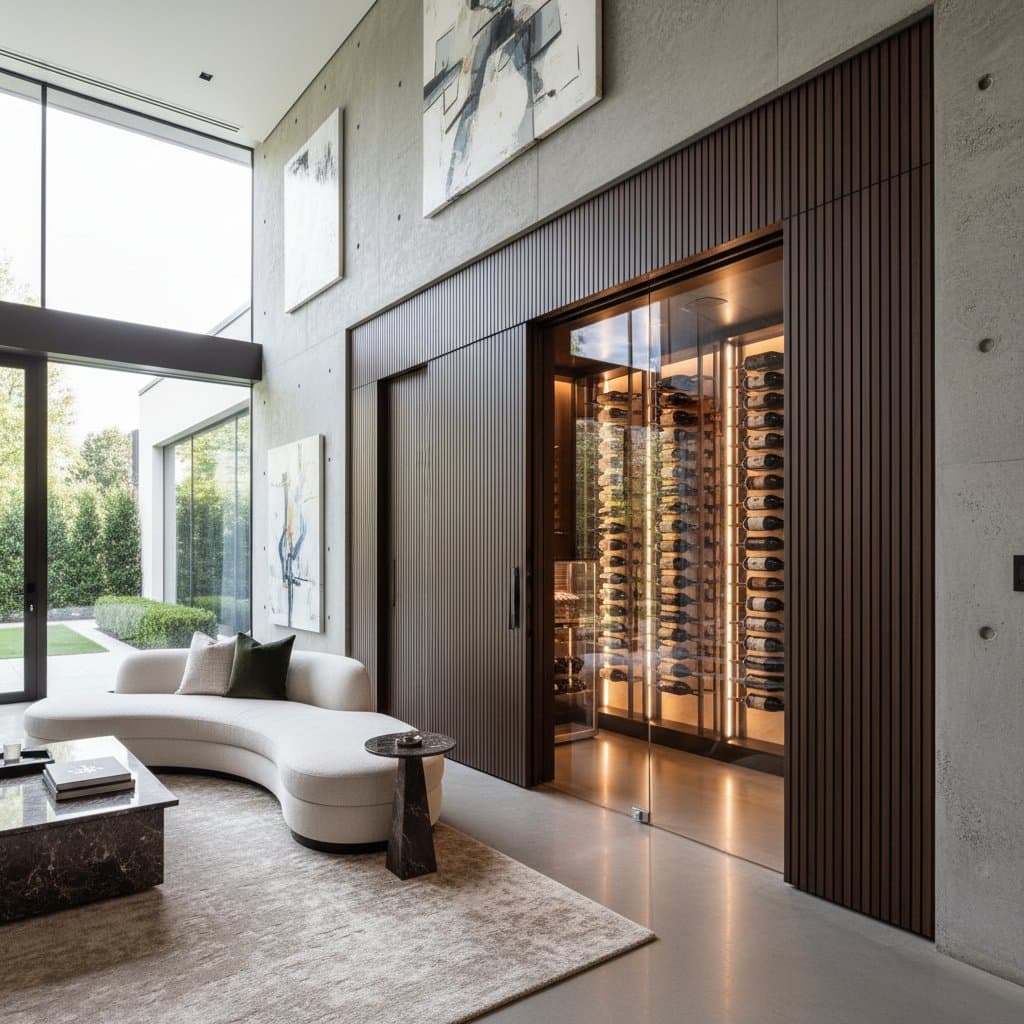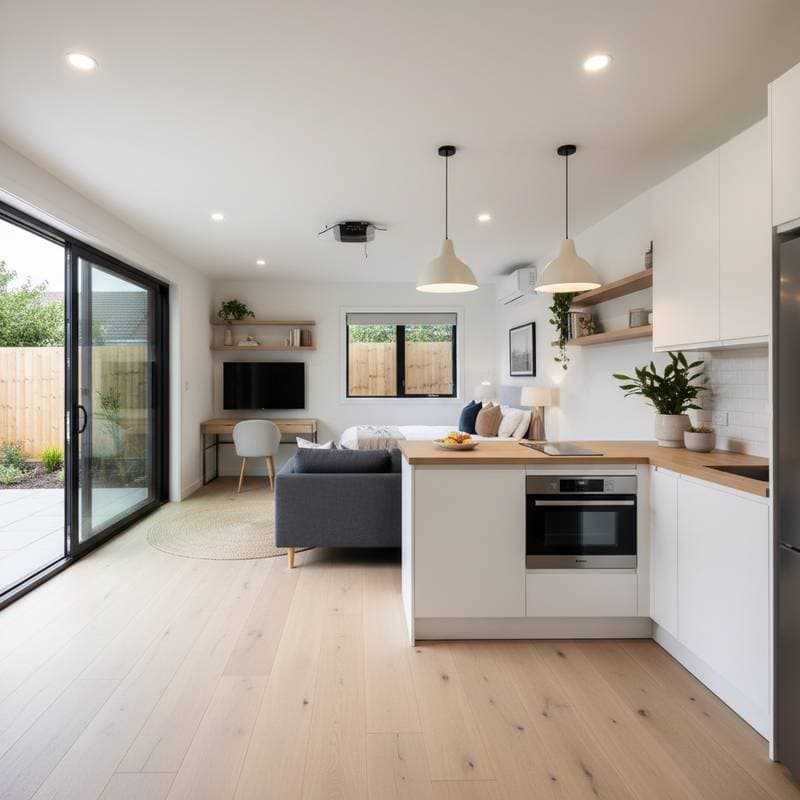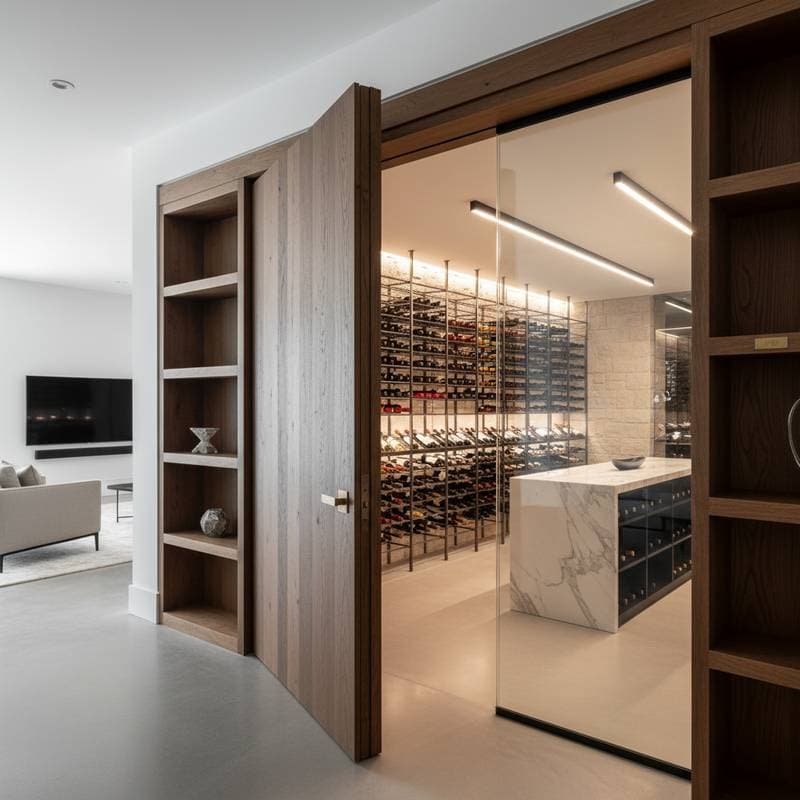Elevate Your Home Value by 15% with a Basement Gym in 2025
Converting your basement into a dedicated home gym can increase your property value by up to 15%. Homebuyers prioritize finished, functional spaces that require minimal additional work. A well-designed basement gym provides convenient daily exercise options while enhancing the overall appeal of your home to prospective purchasers.
Planning the Conversion
Begin with a thorough assessment to ensure a successful project. Follow these structured steps to create a safe and effective space.
- Evaluate moisture and structural integrity. Inspect for leaks and apply waterproofing sealants to walls and floors. Verify that ceiling height complies with local building codes, typically requiring at least seven feet of clearance.
- Design the layout strategically. Allocate distinct areas for cardiovascular equipment, weight training, and flexibility exercises. Maintain at least three feet of clearance around machines to promote airflow and prevent accidents.
- Enhance lighting and electrical systems. Install adjustable LED fixtures to provide uniform illumination, aiming for 300-500 lux in workout zones. Add dedicated, grounded outlets rated for high-wattage devices like ellipticals or power racks.
- Select durable flooring and wall finishes. Opt for interlocking rubber mats or cushioned foam tiles that absorb impact and resist wear. Apply light-reflective paint in neutral tones to walls, fostering an energizing environment.
- Incorporate ventilation solutions. Integrate ceiling fans or extend existing HVAC ducts to maintain air circulation. Target a relative humidity level below 50% to support comfortable, mold-free workouts.
- Install mirrors and organizational features. Position full-length mirrors along walls to create an illusion of spaciousness and aid in form correction. Use wall-mounted racks and cabinets to store equipment efficiently.
- Finalize with decor and functionality tests. Introduce motivational artwork or an integrated audio system for ambiance. Simulate peak usage by operating multiple devices simultaneously to assess electrical load and acoustics.
Estimated Costs
Budget carefully for each phase of the renovation. The following table outlines typical expenses based on national averages.
| Task | Typical Cost | Factors Influencing Price |
|---|---|---|
| Waterproofing | $1,500 - $6,000 | Basement size, foundation material, regional water table levels |
| Electrical Work | $800 - $3,000 | Quantity of outlets, extent of wiring upgrades |
| Flooring | $500 - $2,500 | Flooring material, inclusion of subfloor barriers |
| HVAC/Ventilation | $600 - $2,000 | Ventilation method, accessibility of ductwork |
| Finishing and Paint | $1,000 - $4,000 | Surface preparation needs, local labor costs |
| Fitness Equipment | $1,500 - $6,000 | Equipment quality, number of items, installation fees |
Overall project costs range from $5,000 to $20,000, depending on location and existing conditions. Consult local suppliers for precise quotes.
Project Timeline
Complete most basement gym conversions within two to six weeks. Break down the schedule as follows:
- One week for initial waterproofing and structural inspections.
- One to two weeks for electrical installations and HVAC modifications.
- One to two weeks for flooring installation, painting, and fixture mounting.
- One final week for equipment setup and detailed finishing.
Self-directed efforts may extend timelines due to learning curves. Factor in additional time for obtaining permits or addressing unforeseen moisture issues.
DIY Approaches Versus Professional Services
Consider your skill level and project scope when deciding on execution.
Pursue DIY for:
- Basements that are already dry and electrically sufficient.
- Tasks such as flooring installation and painting, provided you follow manufacturer guidelines.
- Assembly of basic, non-heavy equipment.
Engage professionals for:
- Electrical rewiring, HVAC extensions, or any plumbing adjustments.
- Situations involving water intrusion or structural concerns.
- Projects requiring permits to ensure compliance and preserve resale value.
Licensed contractors manage code adherence, install robust moisture barriers, and secure electrical systems. This approach safeguards your investment and personal well-being.
Essential Tools and Materials
Gather these items to support each conversion phase:
- Waterproof sealants and concrete patching compounds.
- Interlocking rubber or foam flooring tiles with underlayment.
- Energy-efficient LED lighting fixtures and mounting hardware.
- Heavy-duty extension cords equipped with surge protectors.
- Frameless mirrors, adjustable shelving units, and wall hooks.
- Low-VOC paint, application rollers, and protective drop cloths.
- Portable dehumidifiers or air purification units.
Align tools with specific steps: apply patches prior to painting, position lights before flooring, and secure mirrors after structural work.
Considerations by Region
Adapt your approach to local environmental factors. In colder regions, incorporate rigid foam insulation and vapor barriers beneath flooring to prevent condensation. Humid climates demand industrial-grade dehumidifiers and enhanced sealing.
Review municipal regulations regarding ceiling heights and emergency egress windows. Many areas mandate permits for basement finishing or electrical additions. Verify requirements with your local building department prior to commencement.
Prioritizing Safety
Implement these measures to maintain a secure environment:
- Electrical precautions: Install GFCI-protected outlets and avoid circuit overloads by distributing loads evenly.
- Moisture monitoring: Inspect walls and floors monthly for signs of dampness and address promptly.
- Equipment placement: Position protective mats beneath weights to shield flooring from damage.
- Ventilation maintenance: Ensure vents remain unobstructed to sustain consistent air quality.
- Acoustic control: Incorporate foam panels or rugs if exercise noise impacts upper levels.
Consistent adherence to these practices protects users and prevents gradual property deterioration.
Indicators for Professional Intervention
Seek expert assistance upon detecting foundation cracks, persistent leaks, or mold growth. Contact a licensed electrician for recurring circuit breakers or inconsistent lighting. Engage an HVAC specialist if humidity levels exceed recommended thresholds. Early remediation averts extensive repairs and preserves structural integrity.
Expert Recommendations for Optimal Results
- Initiate with essential items: a single cardiovascular machine, adjustable bench, and selectable weights.
- Integrate mirrors strategically to enhance perceived space and support proper technique.
- Employ vertical storage solutions like pegboards to maximize floor area.
- Combine flooring types: padded mats for yoga zones and rigid platforms for strength training.
- Design for versatility, accommodating activities such as Pilates, martial arts, or group sessions.
Such adaptable configurations ensure long-term utility and broad buyer interest.
Frequently Asked Questions
Does a basement gym justify the investment?
Affirmative; it elevates resale value by up to 15% while delivering immediate health and convenience benefits.
Are permits necessary?
Permits apply primarily to electrical additions, HVAC alterations, or structural modifications. Consult local authorities to confirm obligations.
Realizing the Benefits
A thoughtfully executed basement gym delivers enduring advantages in wellness, convenience, and financial return. Address foundational issues like moisture from the outset, emphasize safety throughout, and tailor the design to diverse needs. Through careful planning and execution, whether independent or with professional support, you transform underutilized space into a valuable home feature.












